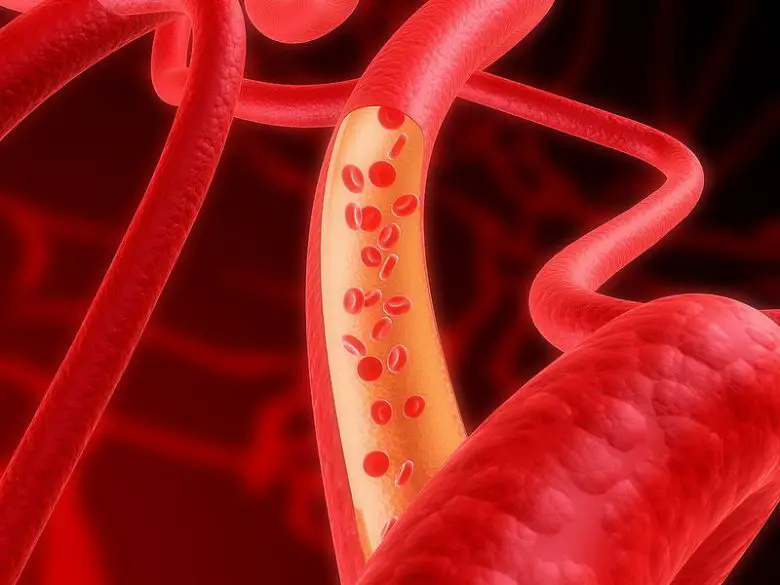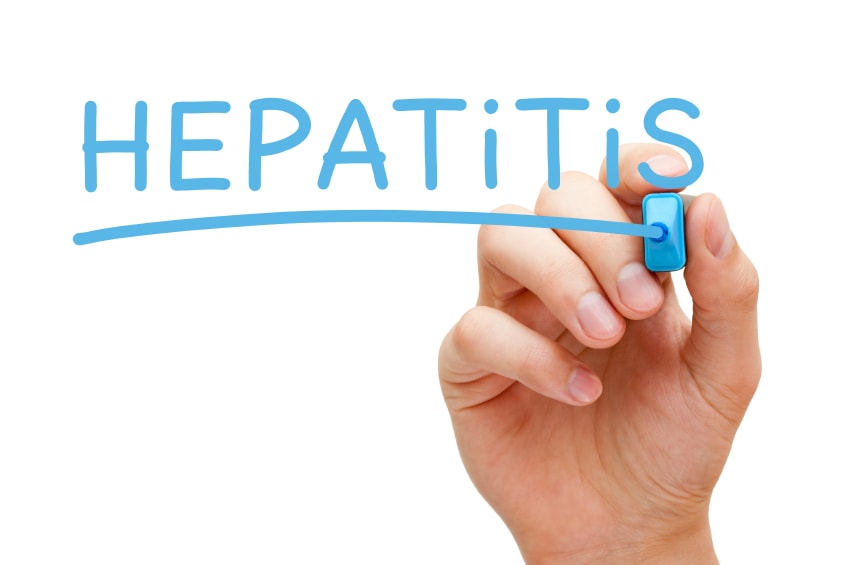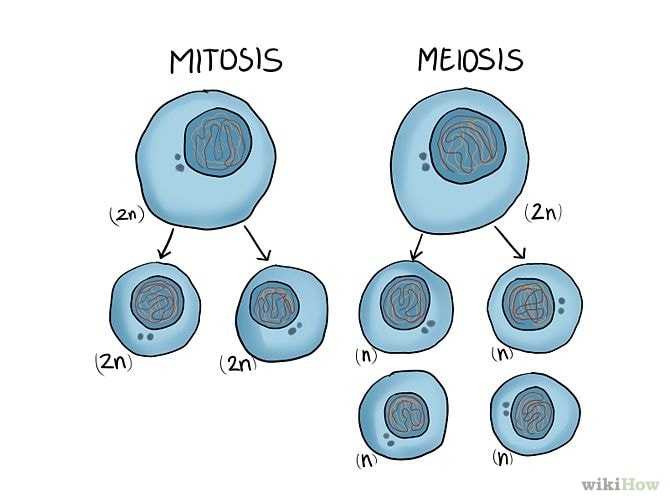Artery Vs. Vein: What Are The Differences?
Whether you need a reminder or you just never really understood it, if you’re not quite sure of the difference between arteries and veins, you’ve landed in just the right place.
We’ve put together a short, straightforward guide for you to better understand these two terms and the contrasting characteristics they have.
Arteries
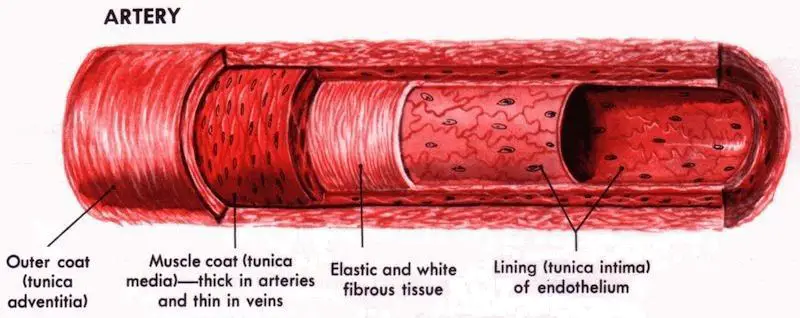
Arteries are blood vessels that generally move oxygenated blood away from your heart to your body’s tissues, with two exceptions – the pulmonary arteries, which transport deoxygenated blood to your lungs, and the umbilical ones, which carry blood from the fetus to the mother.
Arteries have thick and strong walls consisting of three layers – tunica external, media, and intima – specialized in such a way as to carry blood quickly and efficiently.
Difference Between Positive TB Skin Test and Negative TB Skin Test
Veins
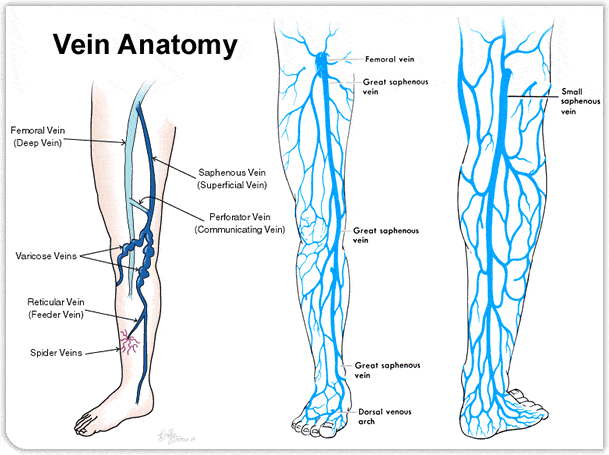
Veins are blood vessels as well, but you can say they are the opposite of arteries in terms of the main function. They generally carry oxygen-depleted blood from your organs and tissues back to your heart, with the exception of the pulmonary and umbilical veins, which transport oxygenated (pure) blood.
These vessels are relatively thin and very flexible, and they feature valves to prevent the blood from flowing backward.
Difference Between Corn and Wart
Key Differences between Arteries and Veins
Now that we’ve established what these blood vessels are and what they do, let’s have a look at all the characteristics that tell them apart. The table below will show you the exact differences between veins and arteries in a clear, concise manner.
Arteries |
Veins |
|
|
|
|
|
|
|
|
|
|
|
|
|
|
|
|
|
|
|
|
|
|
|
|
|
|
|
|
|
|
|
|
|
|
|
|
|
Hopefully, you understood the differences between arteries and veins. If you liked our post, subscribe and we’ll send you lots of other fascinating and informative topics directly to your inbox!
